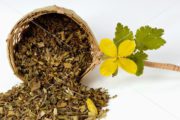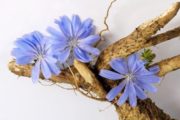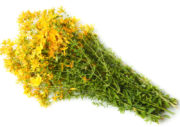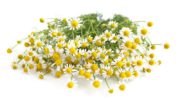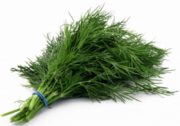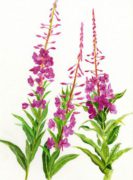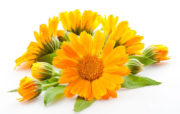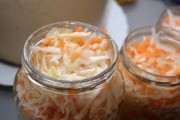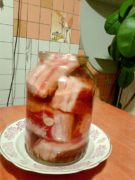Celandine - drying at home
Celandine is called a medicinal herb for 100 diseases and its healing properties are compared to ginseng. But, like any medicine, celandine can become a poison if it is not properly prepared and used. We won’t talk about treatment methods, but I will tell you about the correct preparation of celandine.
Everyone knows how juicy the celandine grass is. As a child, we smeared celandine juice on scratches and warts, and it is the juice that is the most healing in the plant.
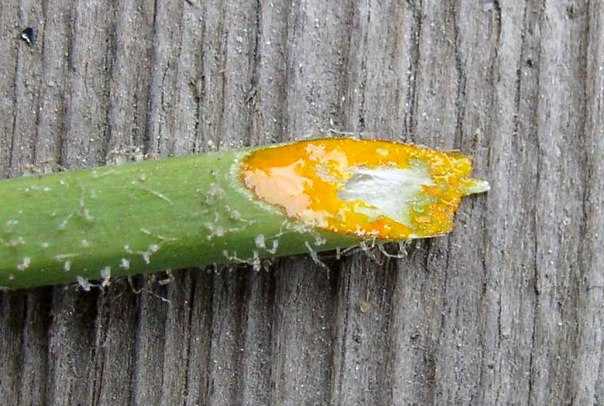
It is contained in the root, stem and leaves of celandine, and our task is to preserve it with minimal losses.
To do this, the celandine bush needs to be dug up or cut off at the very root, trying not to press down the leaves and stems too much. If you decide to dry celandine with roots, then it must be thoroughly washed and cleared of debris. Since celandine contains a lot of juice, this makes drying difficult, and you should try to provide maximum ventilation to avoid rotting.
Tie the celandine into small bunches and hang them flowers down. Natural drying in the case of celandine is better than using drying chambers or oven drying.

The degree of dryness of celandine is usually checked not by the leaves, but by the stem. If the stem breaks easily and does not release juice, then the herb is considered dried. Then you can remove the “bouquets” and sort them according to their intended purpose.
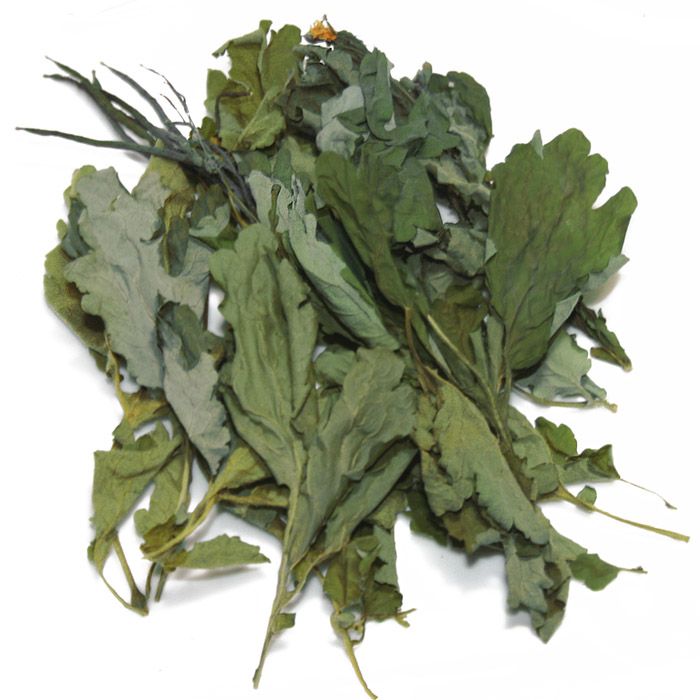
Powder is made from the root of celandine, and the upper part of the plant is used to prepare tinctures and decoctions.
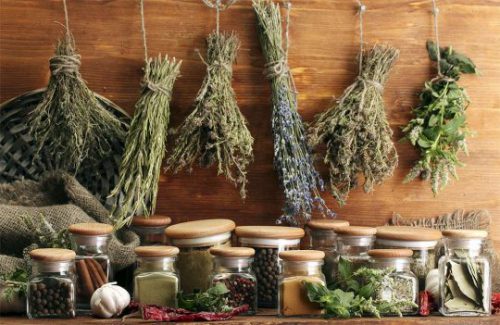
How to properly collect and dry celandine, watch the video:

